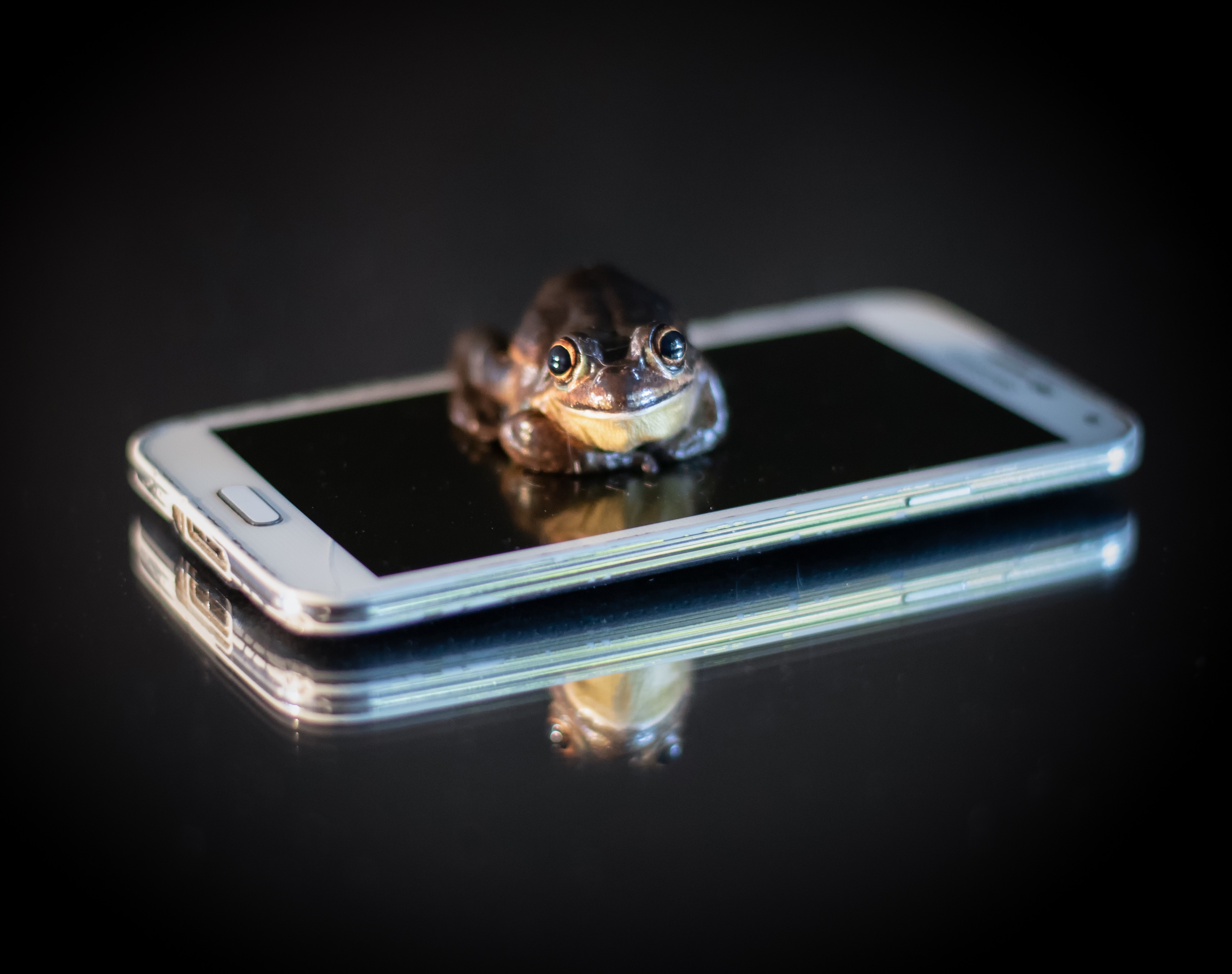‘FrogPhone’ provides new platform for environmental studies
Introducing the FrogPhone: a new device which allows scientists to call up a frog survey site and monitor its inhabitants.
Introducing the FrogPhone: a new device which allows scientists to call up a frog survey site and monitor its inhabitants.

Introducing the FrogPhone: a new device which allows scientists to call up a frog survey site and monitor its inhabitants.
It is the world’s first solar-powered remote survey device that relays environmental data via text message, while conducting real-time remote acoustic surveys over the phone.
In a paper published today by the British Ecological Society, a team of researchers led by UNSW Canberra’s Dr Adrian Garrido Sanchis describe how they designed this new device to monitor frogs in the ACT region.
“The FrogPhone is a new open source technology that can be tailored to specific research needs by just modifying the code,” Dr Garrido Sanchis said.
“This new survey device makes it possible to ‘call’ a survey site, anytime from anywhere, once the device has been installed at the survey site.”
Using the 3G/4G networks, a large battery and a powerful solar panel, the FrogPhone can detect calling frogs within a 150-metre radius.

“After three seconds, it picks up the call and at the same time, the temperature sensors get data from the water and from the air and sends a text message to the caller,” Dr Garrido Sanchis said.
ACT and Region Frogwatch Program Coordinator and co-author Anke Maria Hoefer said “calling a frog” can provide valuable data on what species are present at the site, which is particularly useful in remote locations.
“It helps us to minimise impacts on survey areas,” Ms Hoefer said.
“It’s very resource intensive to go out and do frog surveys. Often these sites are hard to get to, and frog surveys happen at night, so it’s tricky. With the FrogPhone, we can get all this data, but from the comfort of our office or at home.
“What would usually take hours doing a few sites in Namadgi National Park can be done within 10 or 15 minutes just by making a few phone calls.”

There are several reasons why frogs are being monitored in the nation’s capital.
In addition to a number of species being endangered within the ACT, the presence or absence of frogs is widely recognised as an indicator of environmental health.
A successful field trial of the device was performed in Canberra from August 2017 to March 2018. Researchers compared the frequencies of frog signals over time, to test the recording capabilities of the FrogPhone.
“The field tests have proven that the FrogPhone can be successfully used as a new alternative to conduct frog call surveys,” Ms Hoefer said.
Dr Garrido Sanchis is a chemical engineer who primarily works with water treatment. The FrogPhone allowed him to apply his expertise in environmental monitoring and sensor networks to a new research topic and engage with more students.
“While initially tested in frogs, the technology used for the FrogPhone could easily be extended to capture other animal vocalisation (for example, insects and mammals), expanding the applicability to a wide range of biodiversity conservation studies,” he said.

Funded by the ACT Government, the research is a Canberra-wide collaboration between UNSW Canberra, the ACT and Region Frogwatch Program, the University of Canberra and the Australian National University.
Future additions to the FrogPhone could include a satellite communications module for poor signal areas, or the use of multidirectional microphones for large areas.
The FrogPhone: A novel device for real-time frog call monitoring was published by British Ecological Society Journal Methods in Ecology and Environment. The article also includes the code and instructions that will allow readers to build their own FrogPhone.